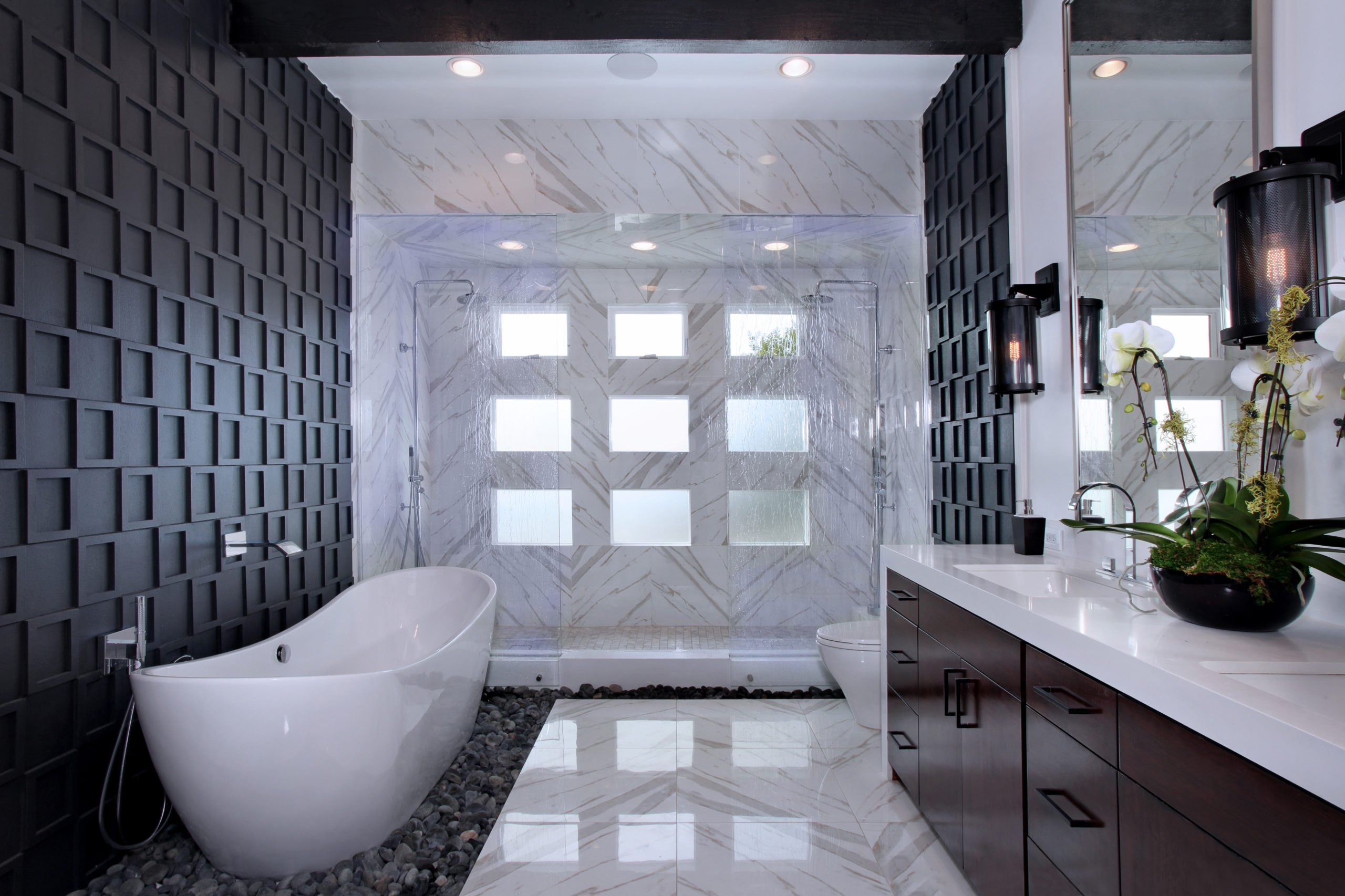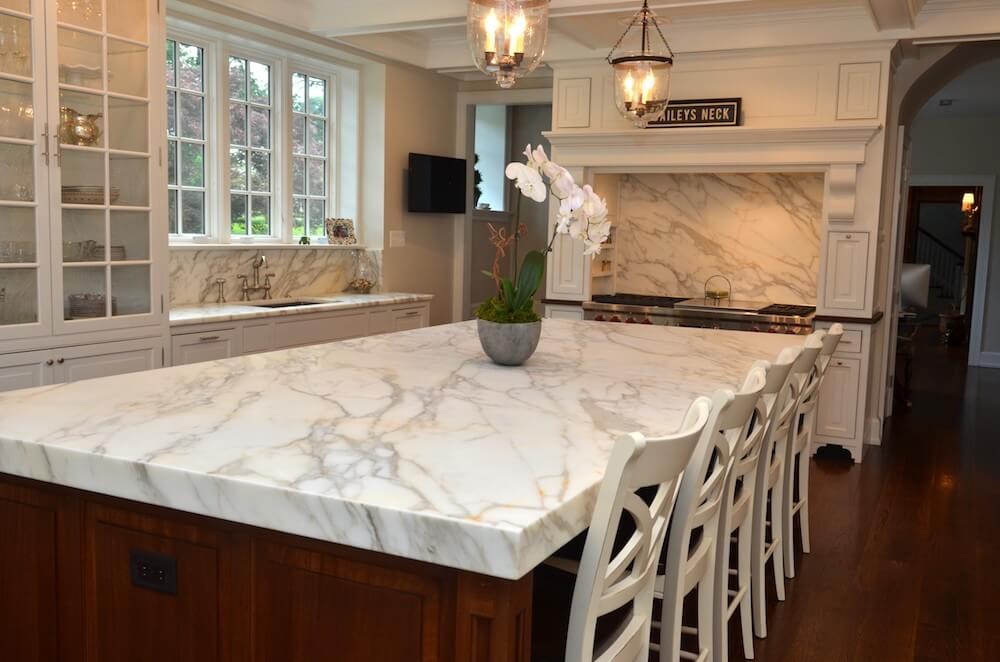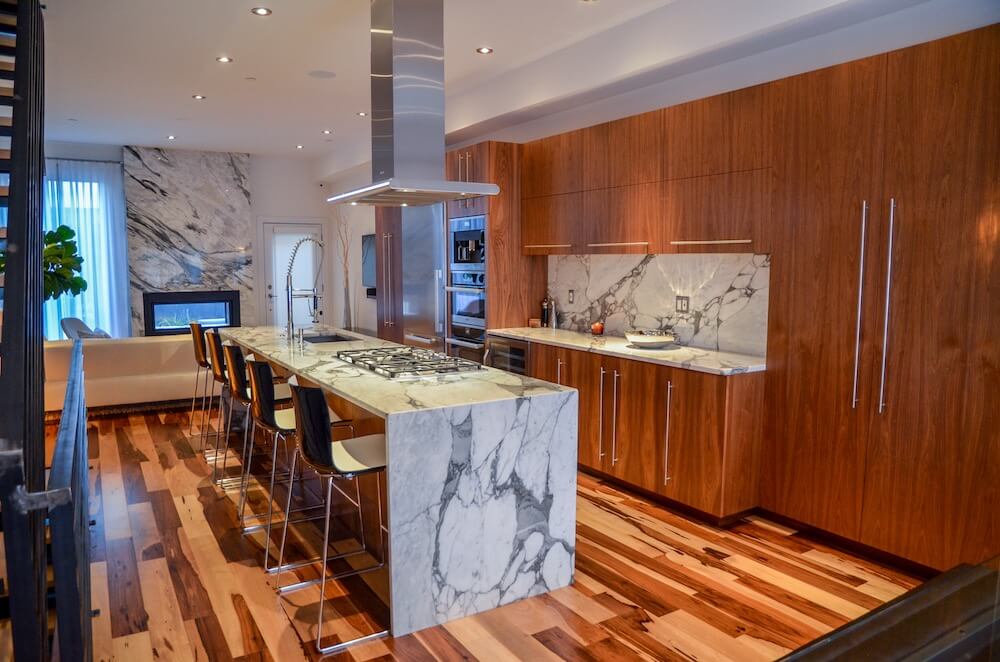Hot Pans, Thermal Shock And The Impact On Your Granite Countertops
You want a beautiful kitchen but you also want a durable, long-lasting kitchen. This is where granite comes in! The beauty of granite is undeniable and when you add to that how tough it is, it can be the obvious choice for your kitchen. But if granite is so tough — can it stand up to hot pots and pans straight out the oven?
Can You Put Hot Pots and Pans on Granite?
Always use a trivet or a potholder; like many natural stones, granite has an incredibly high heat tolerance. The short answer is “yes, but you probably shouldn’t.” Because of granite’s heat tolerance, you can take a hot pan directly out of the oven and put it directly on your countertop. Granite is naturally heat resistant, and heat damage would occur only if the granite was heated unevenly. So briefly putting a hot pan down on your granite countertop isn’t going to cause long-term damage. That said, we don’t recommend putting hot pans on granite countertops — not for the granite’s sake but for yours. If you leave a hot pan on granite, it will heat the granite; then, when you remove the pan you have a hot granite surface that could burn you or someone else.
Is Granite Considered to be “Heat Resistant?” “Heat-Proof?”
For something to be heat resistant or heatproof (they mean the same thing) it must be able to withstand high temperatures and not exhibit damage. This includes melting points and thermal shock. As an igneous rock (formed out of the fire of a volcano), granite is one of the tougher natural stones in the world. It can withstand temperatures of up to 1,650 degrees Fahrenheit and has a melting point of about 2,300 degrees Fahrenheit.
Thermal shock occurs when a material undergoes a drastic change of temperature in a short time. If you’ve ever cracked a hot coffee pot by running it under cold water, you have witnessed thermal shock.
Thermal shock is exceedingly rare for granite countertops. The typical home chef/cook wouldn’t expose their countertops to the temperatures that would cause granite to snap.
Thermal shock can be exacerbated if the temperature fluctuation is uneven throughout the material. As a material cools or heats too rapidly, tensile stress between the surface and inner layers develops. Depending on the chemical makeup and bonds of a given material, the tension between layers will force the chemical bonds to break.
Is Granite the Most Heat Resistant Countertop Option?
Granite is considered to be the most heat-resistant and popular countertop option. It requires extremely high heat and pressure to form in the first place, so it takes a similar high heat and pressure to damage it. The only other natural stone that can even compare to granite is quartzite. The difference in heat resistance between the two stones is negligible; however, granite is more popular because of its outstanding beauty and durability — which therefore potentially increases a home’s value.
If Granite is So Heat Resistant, Could You Use it as a Cooking Surface?
Yes! Because granite can withstand and conduct heat, you could heat it and use it just like a piece of cast iron. One of the more popular ways to do this is to put it on a grill to provide a flat, portable cooking surface. Heat granite evenly and slowly. So, it’s best to put a cold stone in a cold over or on a cold grill and allow the stone to heat with the grill. Make sure the heat is distributed evenly throughout the surface of the stone. Bring it to temperature over 20 – 30 minutes before use.





